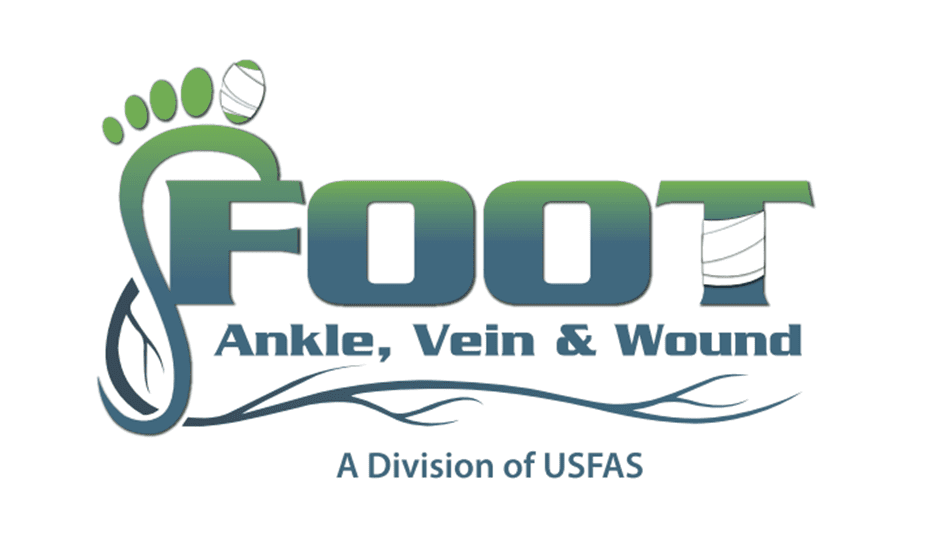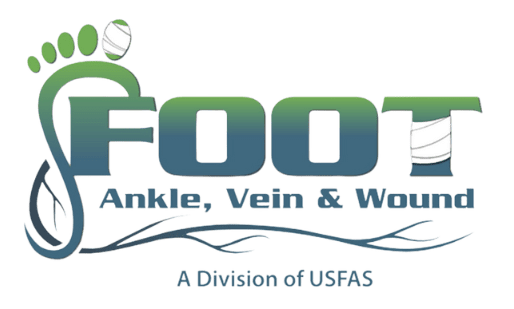
Heel pain is one of the most common foot problems experienced by Americans of all ages. Patients often complain to us about a sharp, searing or tearing sensation that greets them with the first few steps in the morning, or upon getting up after sitting for an extended period. The condition may worsen over time, leading to throbbing and soreness that radiates into the arch or back of the leg.
When pain in your heels is causing constant frustration and keeping you from enjoying your favorite activities or completing necessary work, don’t try to push through it. Many people shrug off heel pain as a normal part of the aging process, but this isn’t true at all. Our experts can help you relieve your pain and improve your quality of life.
Causes of Heel Pain
A number of conditions can cause heel pain. The most frequent, and the one most likely to cause the kinds of symptoms described above, is plantar fasciitis. A thick ligament known as the plantar fascia runs across the bottom of the foot, attaching to the heel bone at one end and the base of the toes at the other. The plantar fascia ordinarily acts as a sort of shock absorber for the arch, but under heavy stress the ligament can stretch and tear, pulling away from the heel bone and causing pain on the underside of the heel.
Other common heel pain conditions we see and treat at our office include Achilles tendinitis, Achilles bursitis, Haglund’s deformity, and Sever’s disease. Patients will often also have heel spurs, which are small bony deposits that build up on the heel bone in response to chronic plantar fasciitis. However, heel spurs themselves do not cause pain and generally do not need to be removed.
Factors that can contribute to a case of plantar fasciitis, or other forms of heel pain, include:
- Having a biomechanically inefficient foot structure or gait, such as flat feet or overpronation.
- Engaging in lots of high-impact exercise, such as running, sports, or dancing.
- Hobbies or professions that require a lot of walking or standing.
- Being overweight.
Treatment Options
The best treatment for heel pain will depend on factors such as the type of condition, root causes, and severity, but also your own goals for what you want out of treatment and the lifestyle you want to live. You can learn more about some of our specific procedures below.
Orthotics
Orthotics are devices placed inside shoes that offer additional cushioning, support, and spacing as needed to accommodate a painful condition. Some orthotics, called functional orthotics, can even alter the position and alignment of your feet as you stand and walk, relieving pain and strain not only for the heels, but throughout the standing skeletal system.
Types of orthotics we provide include:
- Prefabricated orthotics that are made to fit a variety of common foot types. Although they are not as effective as custom orthotics against the toughest foot pain, they may be more than adequate for certain conditions and foot types.
- Footwear with built-in orthotic support. Here, you don’t have to worry about slipping an insert in and out of a shoe! These shoes come with enhanced, biomechanically effective features and come in a variety of styles, including sandals.
- Custom orthotics. These are individually created and tailored from a mold or a 3D computer scan of your feet. Because they are personalized to provide a perfect fit, they are the most effective remedy for severe foot pain or alignment issues.
Shockwave Therapy
Shockwave therapy is an advanced, modern treatment option that sends guided pulses of energy to promote healing, using a hand-held applicator. These “waves” of energy penetrate deep into the injured tissue and trigger accelerated cellular activity. In essence, it enhances your own natural ability to fight inflammation, increase circulation, and repair damaged or injured tissues.
Shockwave therapy is FDA approved, safe, and has no known side effects. There may be very minor aching or bruising, but most people do not experience significant pain as a result of the procedure. Typically, only a single session is required. This treatment is ideal for most types of inflammatory conditions, including plantar fasciitis and tendinitis.
Shockwave therapy is often the treatment of choice when more traditional conservative remedies have been ineffective, or when you need to recover quickly from an injury.
Other Treatment Options
Other remedies that may be considered alongside, or instead of, orthotics and shockwave therapy include:
- Wearing more comfortable shoes and avoiding footwear that puts strain on the heel
- Modifying activities, such as replacing high-impact exercise (running, tennis, etc.) with low-impact exercise (cycling, swimming, etc.) and providing accommodations if you work on your feet.
- Using tools such as pads, straps, tape, or compression wraps.
- Stretches and exercises to loosen calves and tendons and reduce strain on the heel.
- Surgical treatments, such as releasing a tight tendon or reconstructing bones. This is considered a last resort, but may be necessary if conservative treatments fail.
At the Foot & Ankle Clinic of the Virginias, our experts have years of experience treating all kinds of heel and arch pain. Whether your case requires orthotics, shockwave therapy, or simply a new pair of shoes and a good exercise program, we strive to offer you the best and most appropriate care for your specific needs. To schedule an appointment at one of our many convenient locations, please give us a call at (800) 456-8637. You can also contact your preferred office directly, or fill out our appointment request form online.

